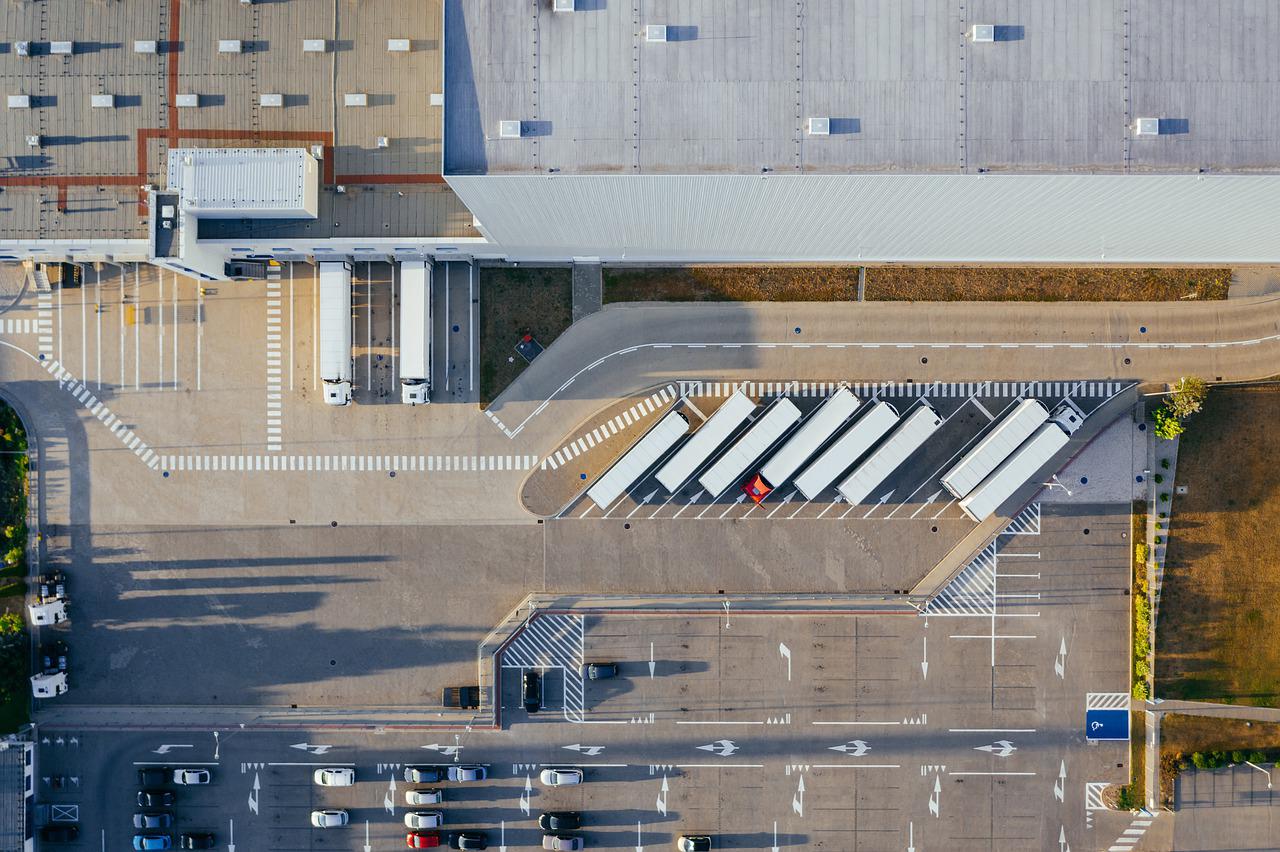There’s no running away from the fact that 3D printing has always been a staunch part of the automotive and aerospace industries. However, in the last few years, with the massive improvement of technology, 3D printing has become a better version of itself. This feature will discuss how 3D printing has changed the logistics industry and continues to have a strong impact on it.
Summary
For your information, 3D printing has been used in the aerospace and automotive industries for a long time. After all, the components manufactured with 3D printing offer the same safety and stability lie the traditionally manufactured components. Therefore, when such components are integrated into the finished aircraft, they can help save fuel and carbon emissions. And as far as medical technology is concerned, 3D printing can help it achieve the standards offered through conventional methods. With 3D printers, medical technology is yet to see massive improvements.
Benefits of 3D Printing
The primary benefit of using 3 printing is that it doesn’t cause any waste. Since a typical 3D printer uses synthetic resin, plastic, ceramic, metal, and plaster, it won’t waste anything. While the traditional processes have always involved milling or sanding, additional manufacturing can never proceed without the required material. After all, extra material is required to build strong structures. Plus, the scaffolding can be removed without causing any harm. Thanks to 3D technology, it helps in creating any geometric form with the availability of top-notch design software.
Another concrete benefit of using 3D printing in the logistics industry is customization. Since the logistics industry continues to change every now and then, customization can help managers and company owner’s better control their resources. 3D printing enables everyone to manufacture individualized products, such as hearing aid shells, which are custom fit for the recipient.
While discussing 3D printing, it is unfair not to mention the eradication of CO2 emissions. 3D printing helps in constructing lighter components that won’t take a big toll on the environment. This, when installed in an aircraft, for example, will help in reducing carbon emissions. It is also important to note that 3D printing is adaptable. It is easy to print a replacement without the need to store it for years. Thus, cutting down the cost of additional storage and resources. And now that technology is all over the place, there’s no need to pay customs for local production.
It is due to 3D printing that the logistics industry is having a major moment right now. In fact, millions of people can rest assured about moving to a different part of the globe without any issue. And, the logistics companies can save a lot of money that can be spent elsewhere.
How 3D Printing Has Staunchly Changed the Logistics Industry?
As explained earlier, 3D printing is here to stay and has become a strong part of the logistics industry. As of now, it is fair enough to say that 3D printing will help offer more opportunities for decentralized production and mass customization. Now that we look at how far this technology has become, one can say, investing in 3D printing is the need of the hour. Manufacturers from the logistics world are conducting tests to see what products are to be used best. Thus, enabling them to focus on high speed additive manufacturing, which will prevent any delays in transportation.
Secondly, it has to be discussed that 3D printing aims to make the world a lot greener than it is right now. For your information, manufacturers in the aerospace industry are using 3D printing to create parts that will weigh 70% less than conventionally manufactured parts. Thus, reducing waste, consumption of expensive resources, and lowering carbon emissions. And not to forget, the replacement parts will be consumed as data models in virtual houses, without the need to print them. Every logistic company has an obligation to provide replacement parts to the customers. When these replacement parts have to be kept, they require a lot of areas, which gives birth to storage. Thus, compelling logistics companies to spend money on storage. Thankfully, 3D printing is a solution to all problems, and it is easy to save a lot of space if you need to archive the digital blueprints. Therefore, it is no longer important to physically store parts in any place.

